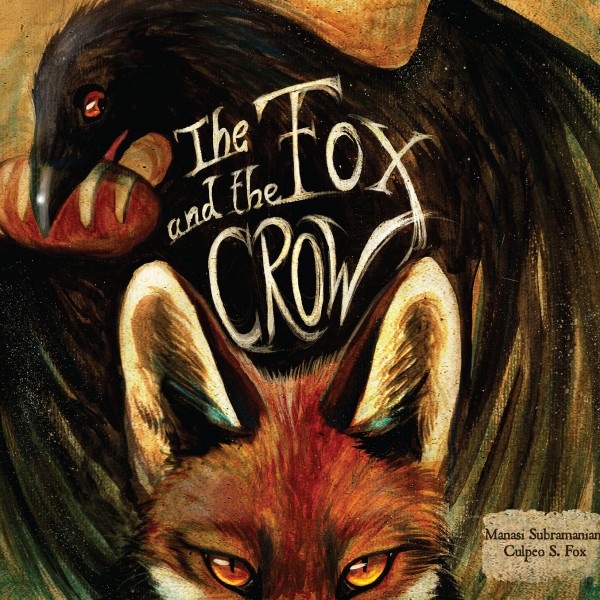

ĭepending on the area, there are legends including not only the sighting of atmospheric ghost lights but purported sightings of actual weddings as well. In Niigata as well as Shiki District, Nara Prefecture, a fox's wedding is thought to be connected to agriculture, and it is said that for many atmospheric ghost lights to appear means that it is a plentiful year, and for few of them to appear means it is year of poor crops. In Kirinzan, Niigata Prefecture, there lived many foxes, and it is said that there was a wedding procession at night that hanged paper lanterns. In the past, in Toyoshima in Edo (now Toshima, Kita ward, Tokyo, and Ouji, of the same ward), for atmospheric ghost lights to continuously appear and quiver and shake around in the darkness is called "kitsune no yomeiri," and is counted as one of the "seven mysteries of Toshima" told about in this village. Because the mysterious lights looked like paper lanterns from afar but disappeared once one got close, it was almost as if one was being fooled by a fox. One such theory says that although the lights appeared to be signifying a wedding, there was actually no wedding anywhere and the entire thing was an elaborate trick played by foxes. There are several theories as to why the bride and groom are seen as foxes.

Since atmospheric ghost lights that extend in a line can look like lanterns and torches from a wedding ceremony, and since paper lanterns were known to be used during a fox's wedding ceremony, they were thus called such names. Prior to this, it was common for weddings to be performed in the evening and for the bride to enter with a procession of paper lanterns. In Japan, holding a wedding in a specific place did not become common until the middle of the Showa period. What it is called varies depending on area for example, the phenomenon is called "kitsune no yometori (狐の嫁取り, the fox's wife-taking)" in Sōka, Saitama Prefecture and Noto, Fugeshi District, Ishikawa Prefecture (now Noto, Hōsu District) while referred to as "kitsune no shūgen" (狐の祝言) in Numazu, Shizuoka Prefecture. In here, lines of atmospheric ghost lights that stretch close to 4 kilometers are called "kitsune no kon", and also in Nakakubiki District, Niigata Prefecture, and Uonuma of the same prefecture, the Akita Prefecture, Sakuragawa, Ibaraki Prefecture, Nanakai, Nishiibaraki District of the same prefecture (now Shirosato), Hitachiōta of the same prefecture, Koshigaya, Saitama Prefecture, Higashichichibu of the same prefecture, the Tama area of Tokyo, the Gunma Prefecture, the Tochigi Prefecture, Mukawa, Hokuto, Yamanashi Prefecture, the Mie Prefecture, Kashihara, Nara Prefecture, and Nanbu, Saihaku District, Tottori Prefecture, among other places, when atmospheric ghost lights ( kitsunebi) are seen in the countryside at night, it is called "kitsune no yomeiri." Kore wo jidō-bara "kitsune no kon" to ihinarahaseri.) Migi, izure no tokoro nite mo mare ni ari to ihedomo, Kanbara-gun chū ni ha worifushi kore ari. ( Yoru itsu izuko tomo iu koto naku, wori shizuka naru yoru ni, chōchin arui ha taimatsu no gotoku naru hi, oyoso ichiri-yo mo manaku tsuzukite wochikata ni miyuru koto ari. This is what the young call "the wedding of foxes".

They are quite rare in all places, but they appear occasionally in the Kanbara district. A topography book of the Echigo Province (now Niigata Prefecture), from the Hōreki period, the "Echigo Nayose" (越後名寄), includes the following statement about the appearance of the "kitsune no yomeiri": Īt whatever time at night, whatever place, on occasions when it becomes extraordinarily quiet, flames like paper lanterns or torches can be seen usually continuing far into the distance, far surpassing even one ri.


 0 kommentar(er)
0 kommentar(er)
